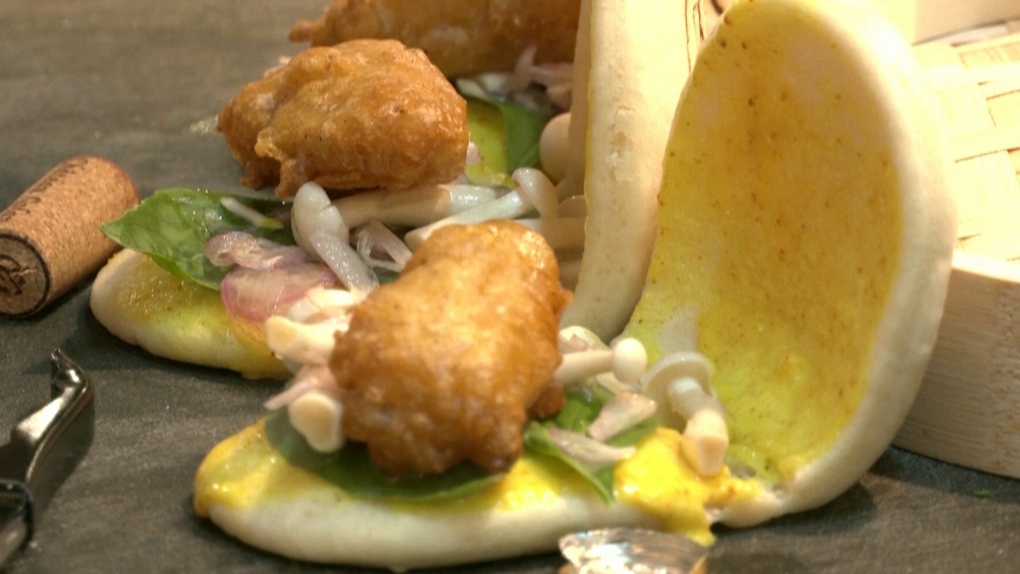
Would you eat this? Ready-to-cook fish 3D-printed in a lab
CTV
Forget your hook, line and sinker. An Israeli foodtech company says it has 3D printed the first ever ready-to-cook fish filet using animal cells cultivated and grown in a laboratory.
Forget your hook, line and sinker. An Israeli foodtech company says it has 3D printed the first ever ready-to-cook fish filet using animal cells cultivated and grown in a laboratory.
Lab-grown beef and chicken have drawn attention as a way to sidestep the environmental toll of farming and tackle concerns over animal welfare, but few companies have forayed into seafood.
Israel's Steakholder Foods has now partnered with Singapore-based Umami Meats to make fish filets without the need to stock dwindling fish populations.
Umami Meats extracts cells - for now from grouper - and grows them into muscle and fat. Steakholder Foods then adds them to a 'bio-ink' suited for special 3D printers. The outcome: a narrow filet that mimics the properties of sea-caught fish.
Umami hopes to bring its first products to market next year, starting in Singapore and then, pending regulation, countries like the United States and Japan.
Cell cultivation alone is still too expensive to match the cost of traditional seafood, so for now the fish cells are diluted with plant-based ingredients in the bio-ink.
"As time goes by, the complexity and level of these products will be higher, and the prices linked to producing them will decrease," said Arik Kaufman, the chief executive of Steakholder Foods.





















 Run 3 Space | Play Space Running Game
Run 3 Space | Play Space Running Game Traffic Jam 3D | Online Racing Game
Traffic Jam 3D | Online Racing Game Duck Hunt | Play Old Classic Game
Duck Hunt | Play Old Classic Game